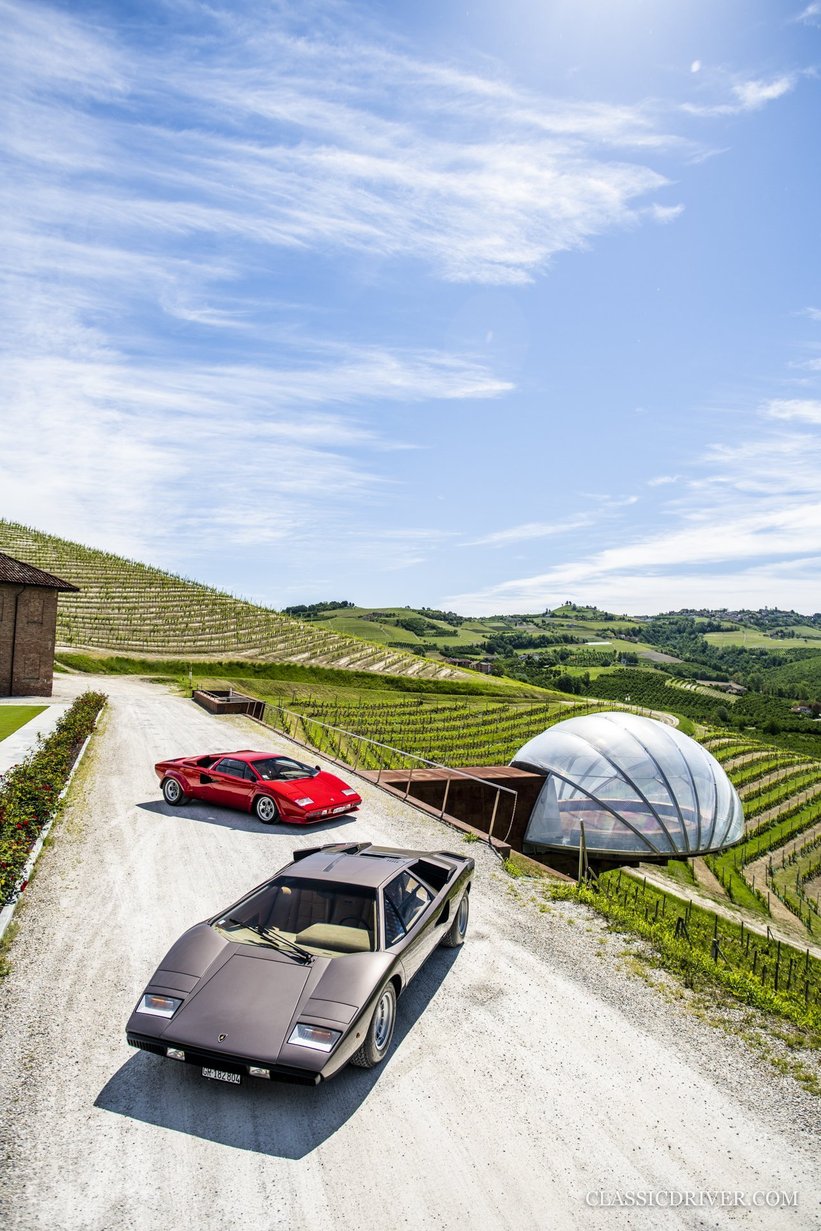
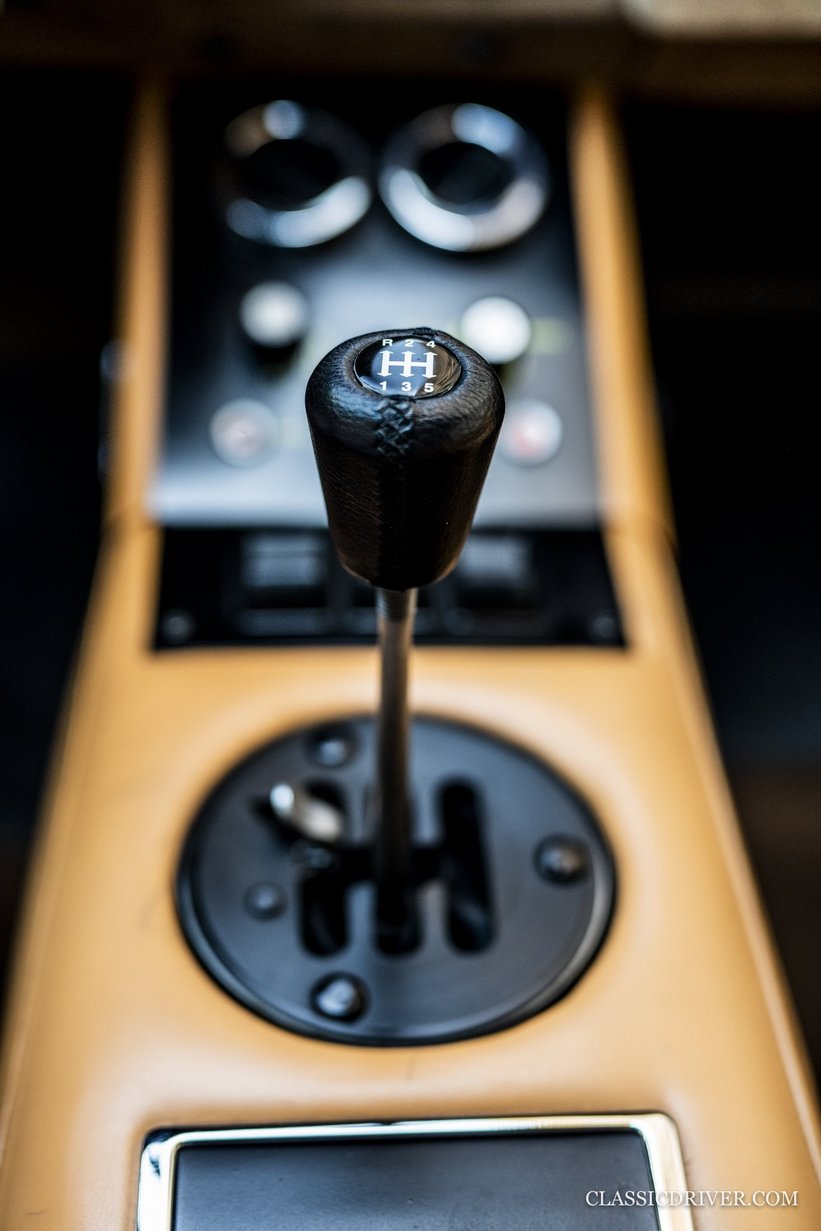
If you were to ask someone to visualise a supercar, chances are an image of the Lamborghini Countach would spring to mind. While the title of the first supercar ever should arguably go to the Countach’s older relative, the Miura, to many it is Marcello Gandini’s wedge-shaped V12 magnum opus which was, and still is, the concept’s ultimate poster child.
To celebrate the 50th anniversary of the unveiling of the LP500 prototype at the 1971 Geneva Motor Show, we now travelled to Langhe and Barolo in Piedmont for a rendezvous with four Lamborghini Countach – one from each generation. There was an elegant 1976 Countach LP400 Periscopio in Marrone Metallizzato, a red 1979 Countach LP400 S, a 1984 Countach 5000 S in Bleu Acapulco and a black 1990 Countach 25th Anniversary Edition.
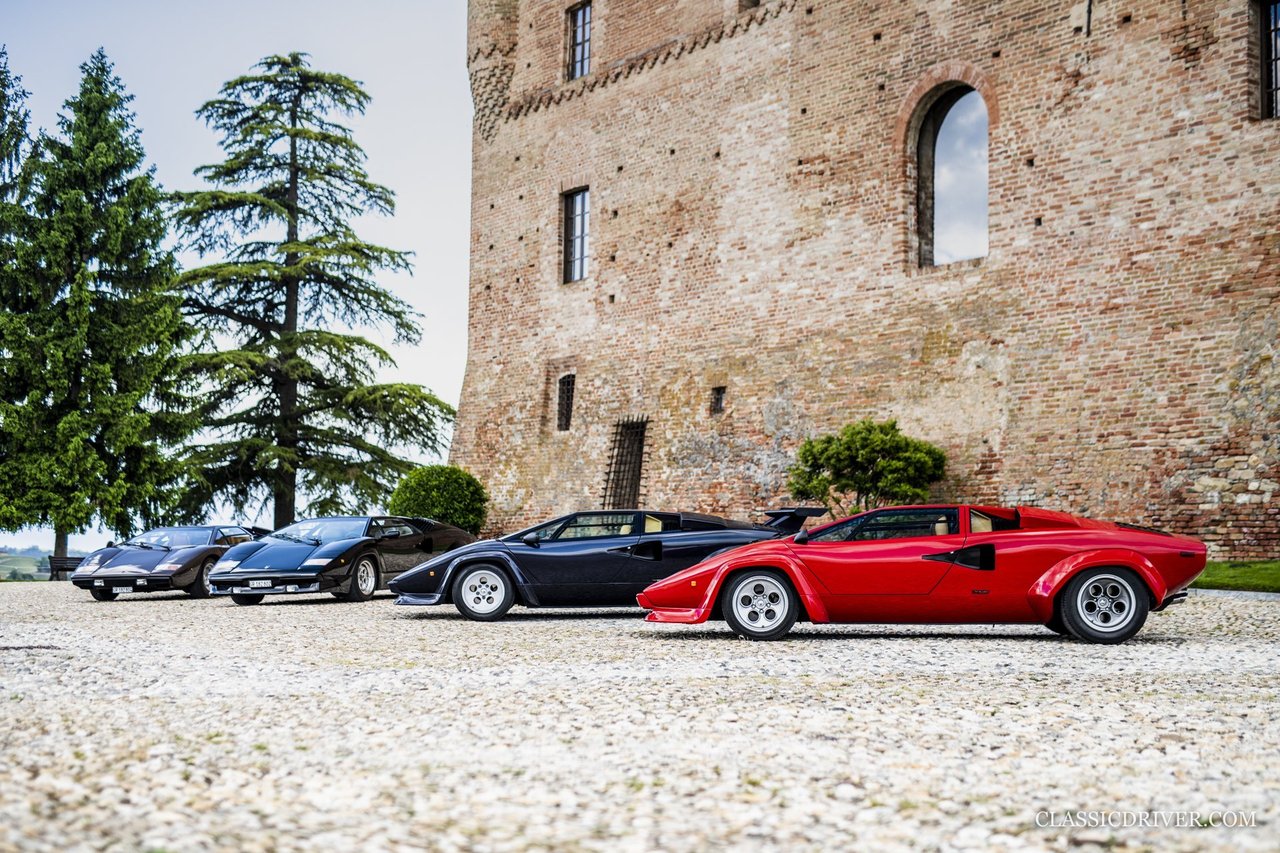
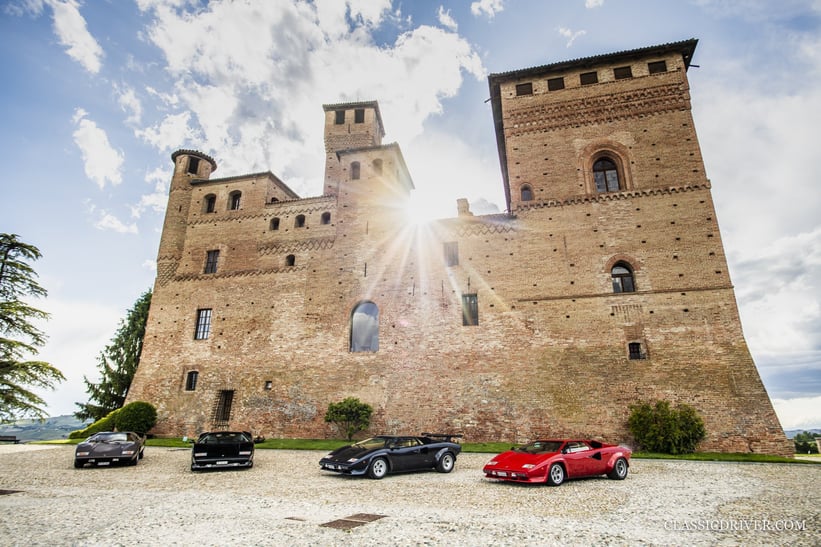

After a day of shooting on beautiful Northern Italian roads, our man Rémi Dargegen sat down with Francesco Stevanin, the Heritage Commercial Manager for Lamborghini Polo Storico. As the public face of the department dedicated to the restoration and preservation of Lamborghini’s exceptional portfolio of classics, there’s no better man with whom to discuss the brand’s genre-defining supercar and what sets it apart from the rest.
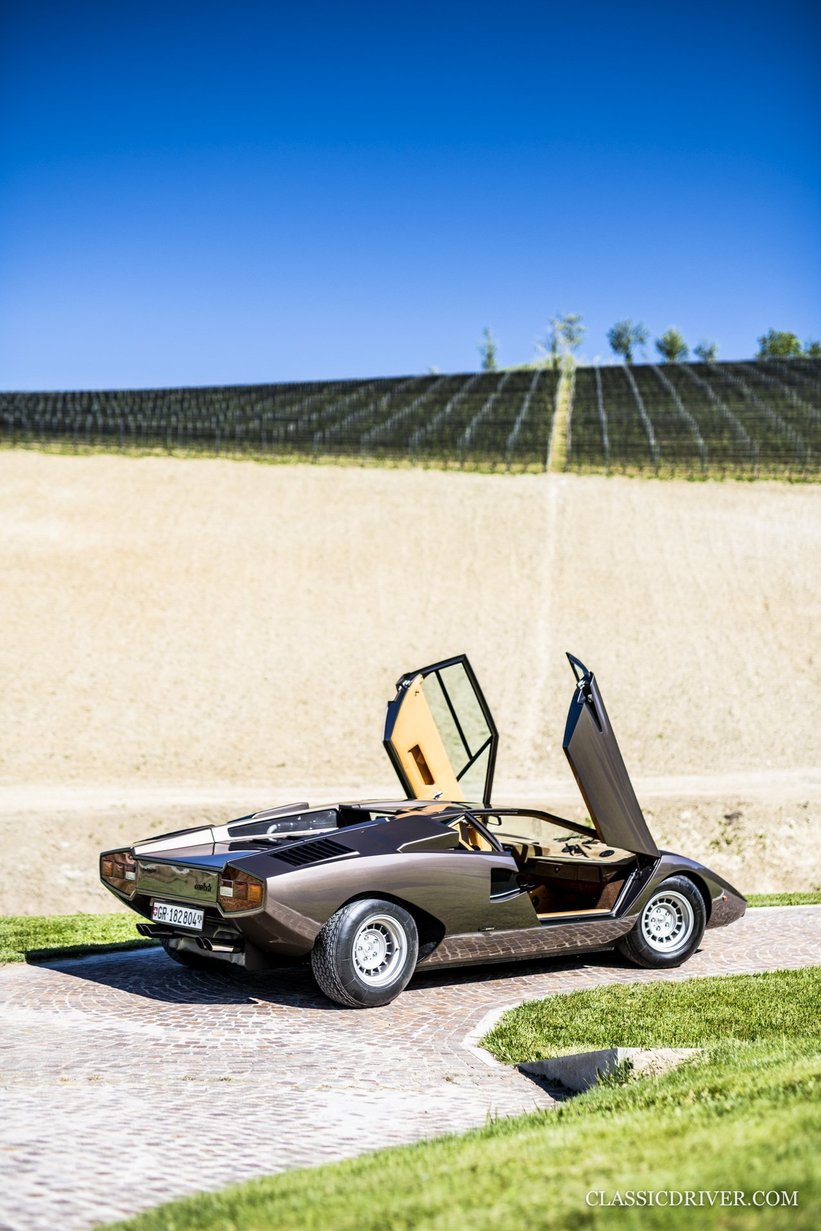

The best place to start is the LP500’s arguably controversial name. While many car enthusiasts will eagerly inform you that ‘Countach’ – pronounced ‘Coon-tac’ in the local Piedmontese dialect – is an Italian expletive, the truth is slightly different. “There are two differing accounts of where the car earned its name, one according to its designer Marcello Gandini and one to its engineer. Paolo Stanzani,” Stevanin says. “The first is from Gandini himself, who recalls visiting the factory late at night to find an employee repeating ‘contacc’, the Piedmontese spelling, as he worked on the car”.
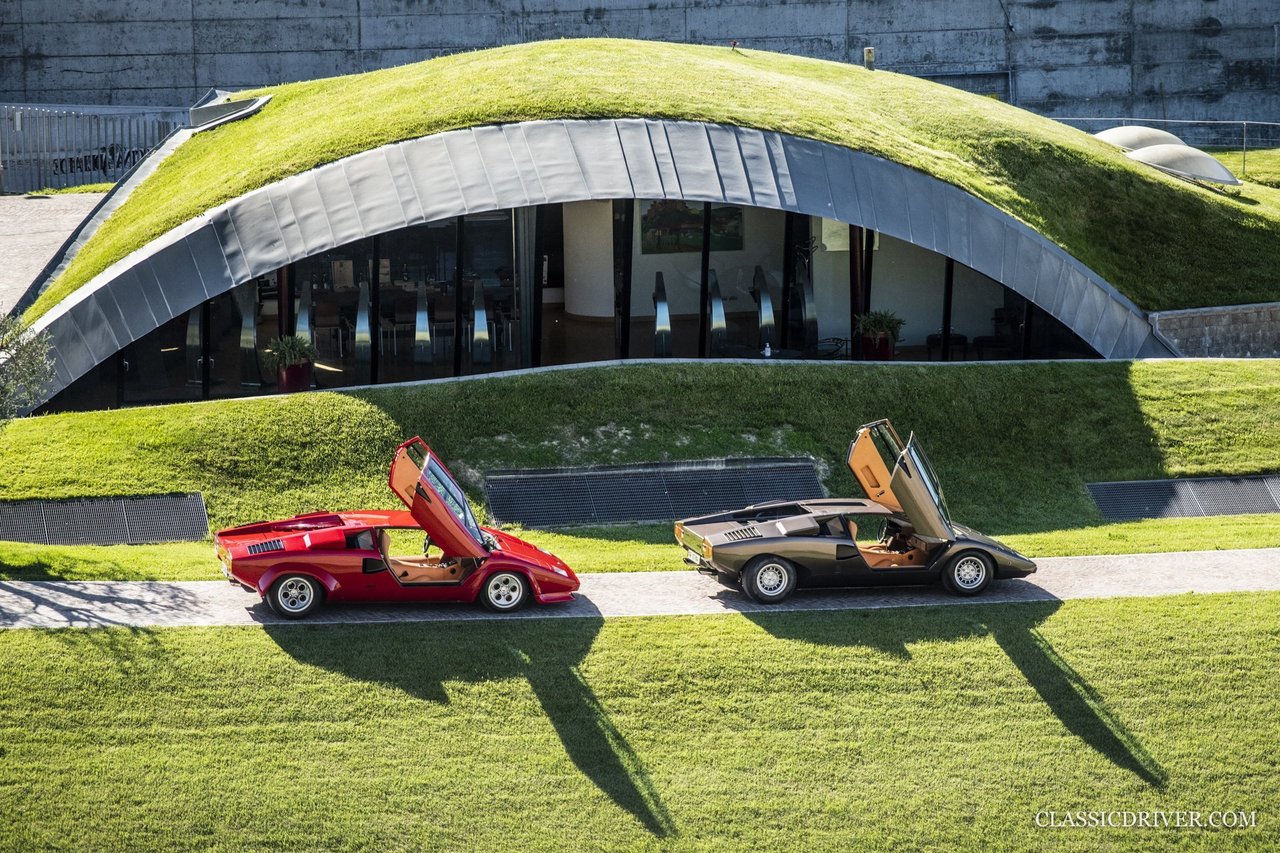

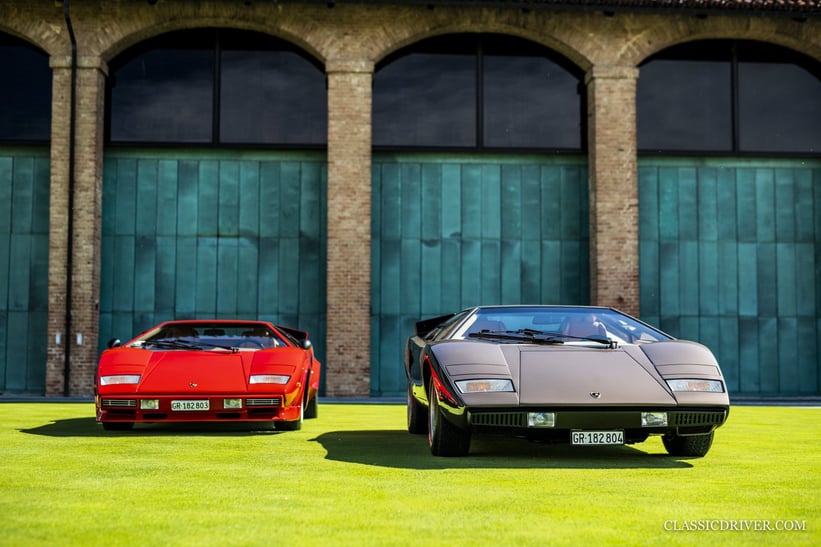
Stevanin acknowledges that in this case, the word is a slight vulgarity, meant to convey surprise. The second account relates to a local farmer who, upon seeing the LP500 prototype for the first time, exclaimed “Countach!”, conveying a sense of disbelief at the sight of something beyond his imagination It’s easy to empathise with the latter; to an Italian farmer in the early ’70s, the otherworldly LP500 would surely invoke a level of incredulity that could only be matched if an alien spacecraft were to pierce the atmosphere.
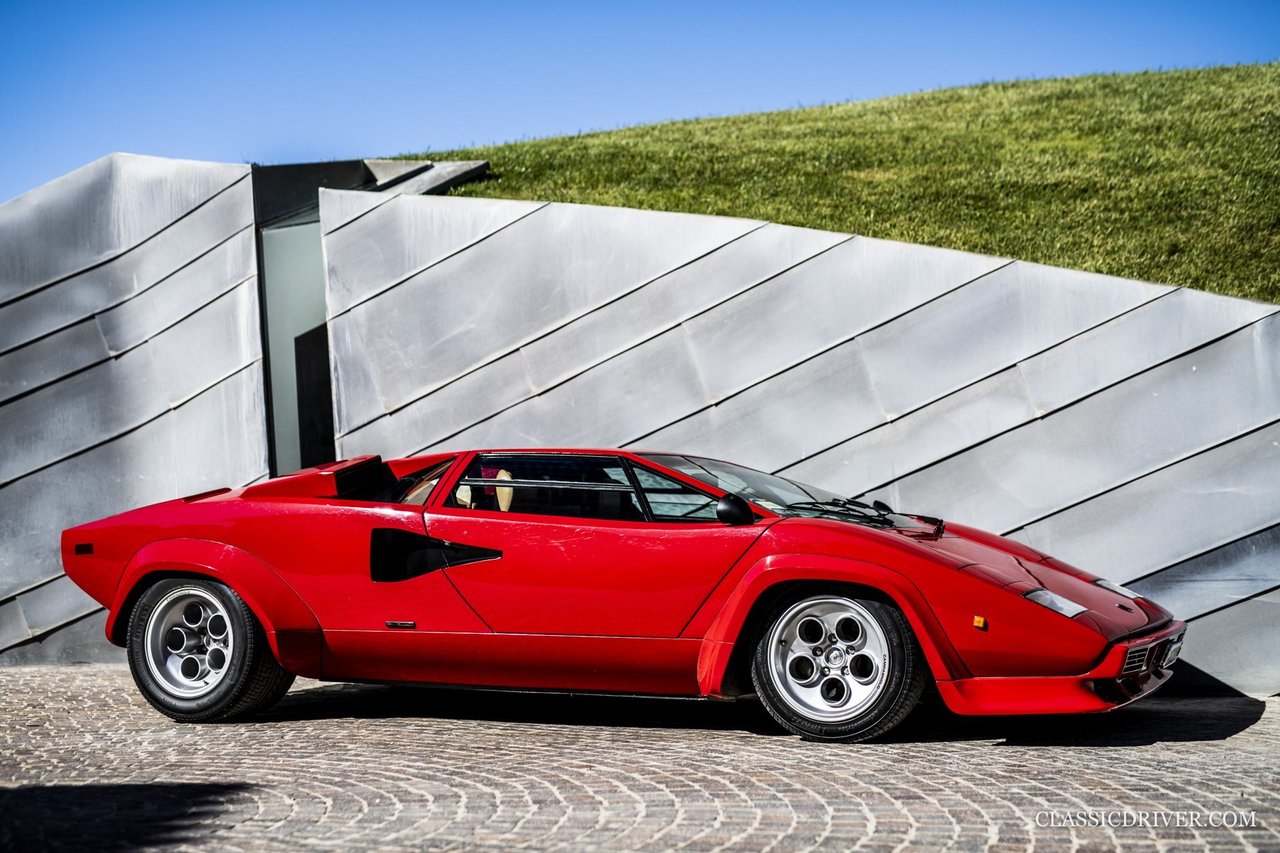
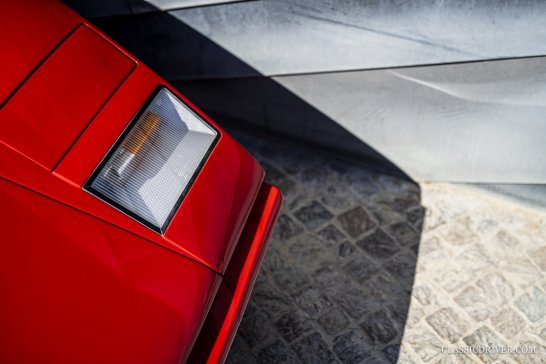

Today, the LP500’s prototype design is no less impactful, and as the very first of many iterations of the Countach, it remains the purest expression of Gandini’s original vision. At the time of its unveiling, the LP500 represented a paradigm shift in what constituted a road car. “Try to remember what Lamborghini was in that period – a very small company with a visionary founder and few highly talented people, all of them committed to reinventing the car and creating something that did not yet exist”, says Stevanin. “In this context, the Lamborghini Countach was not just a great design for a car from that era, with its silhouette and scissor doors; it was an apex of 1970s design in general. There was no other object with similar shapes and proportions.”

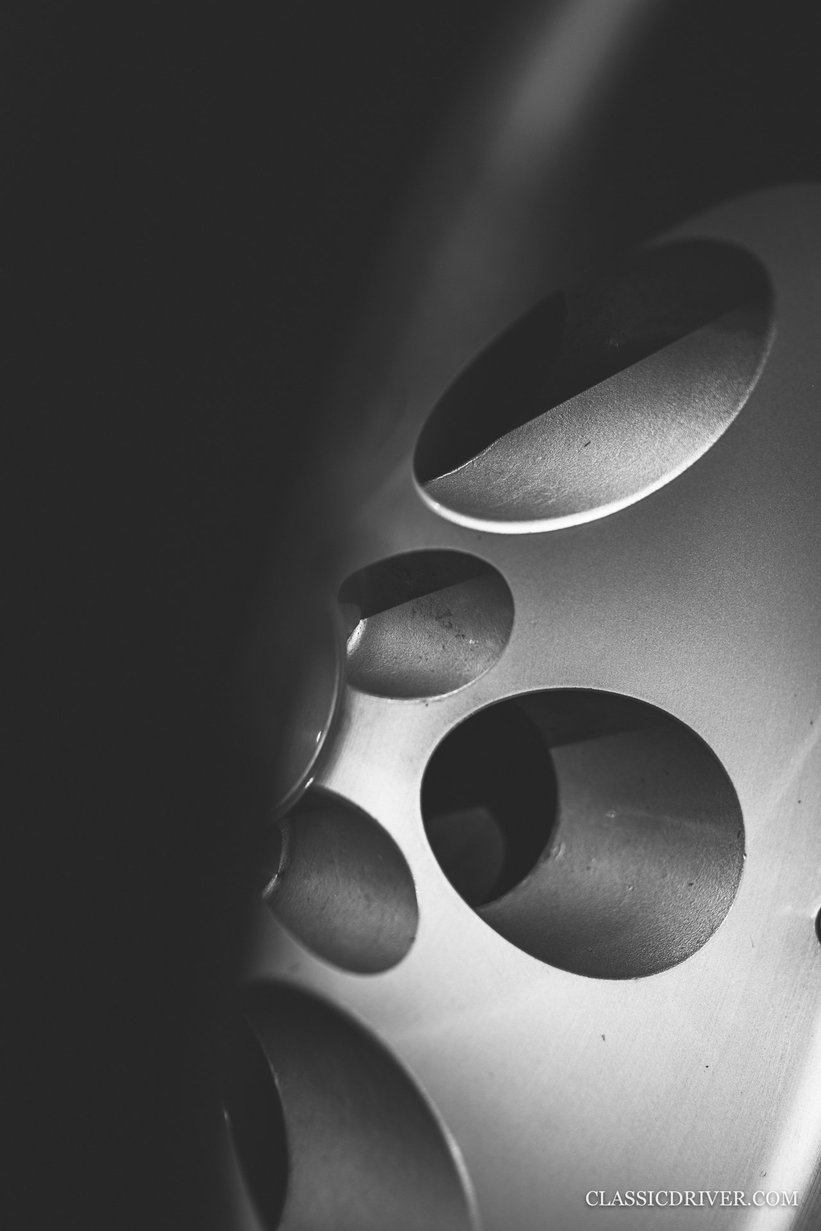
Apart from the out-of-this-world looks designed by Gandini at Bertone and artfully beaten into aluminium alloy panels, the early models of the Countach incorporated as much as possible from the pinnacle of racing technology at the time: the car’s spaceframe chassis, rose-jointed suspension and midship engine layout created by Stanzani would have been perfectly at home in any period racer – even though Ferruccio Lamborghini never wanted his cars to compete on the track.
The positioning of the gearbox between the seats represented a key innovation for Lamborghini, and Stevanin jokes that in a Countach there are three occupants: “the driver, the passenger and the gearbox!” Subsequent generations of Countach upped the aesthetic extremity while improving on comfort, initiating an internal game of one-upmanship that Lamborghini somehow succeeds at to this day.
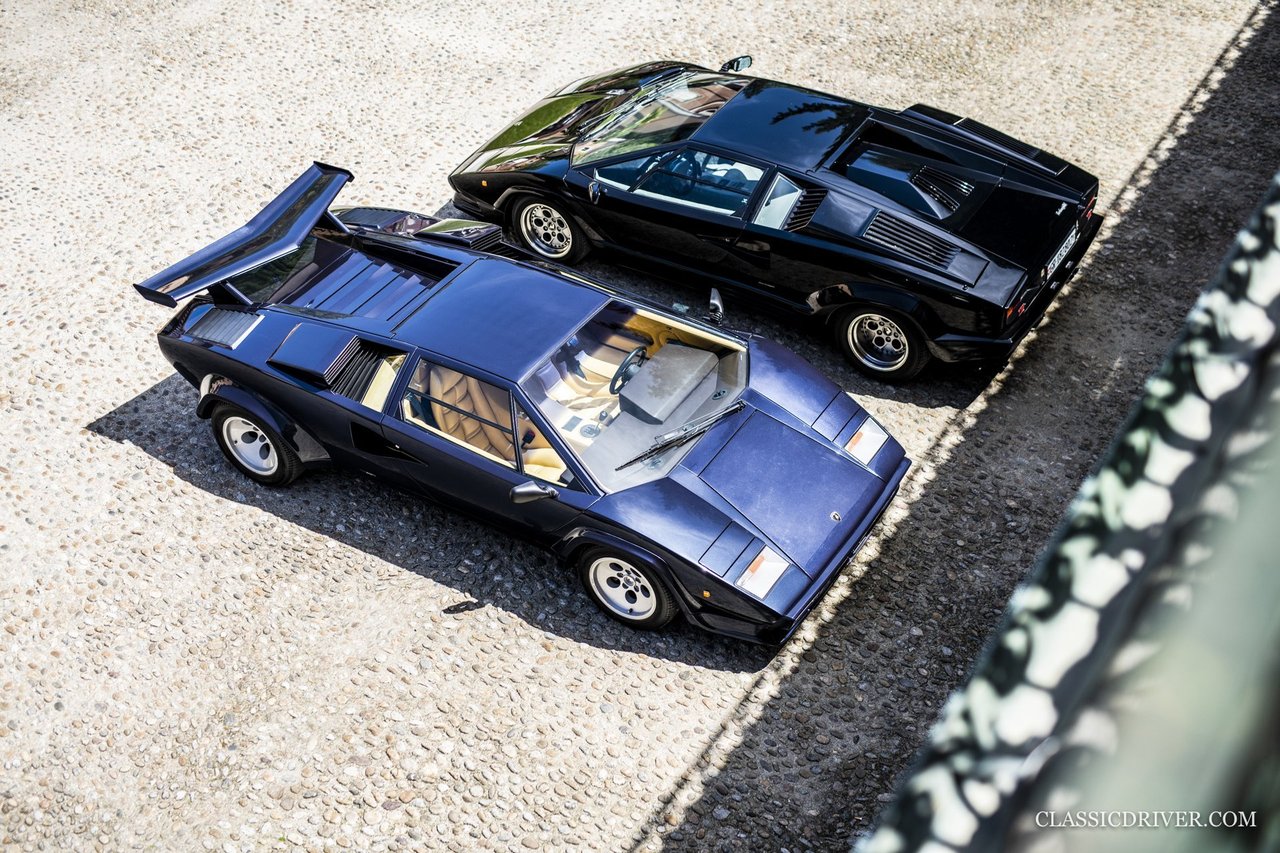


However, according to Stevanin, it’s the early LP400 production models that demand the most respect when behind the wheel: “With their narrow wheels and low body, the early cars necessitate a high level of driver focus in order to avoid a very stylish crash,” he says.
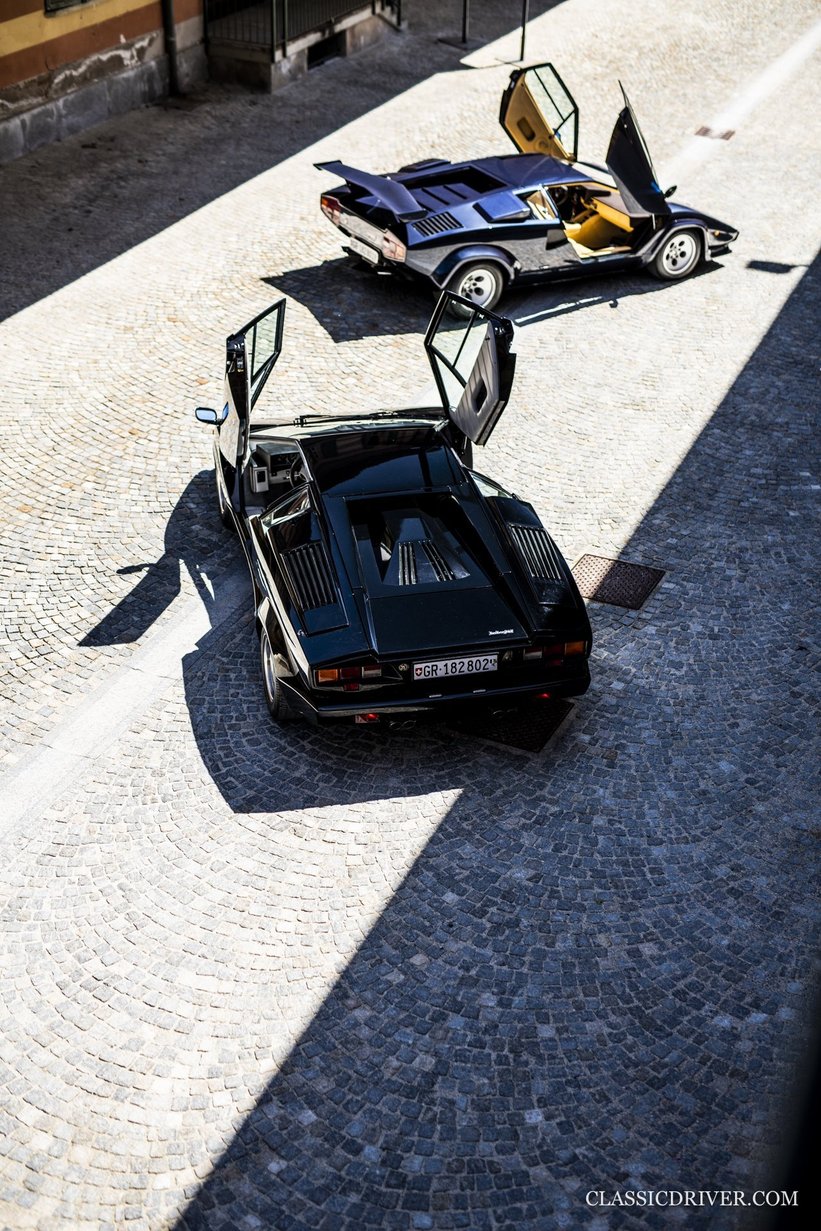

There are many views on which Countach is the essential variant, the real deal. For Stevanin, who is not only an engineer but also a self-described petrolhead and classic-car enthusiast, two stand out. “The first series is always the truest to the idea that was the starting point for creating a car and all generations have their own interesting characteristics, but my personal favourite is the LP500 S,” he declares. “With its combination of front splitter, extended wheelarches and flamboyant wing, it represents the ideal balance of elements from the various generations.” Admittedly, there’s some bias there, as like many children of the ’70s, Francesco’s bedroom wall was home to an LP500 S poster.


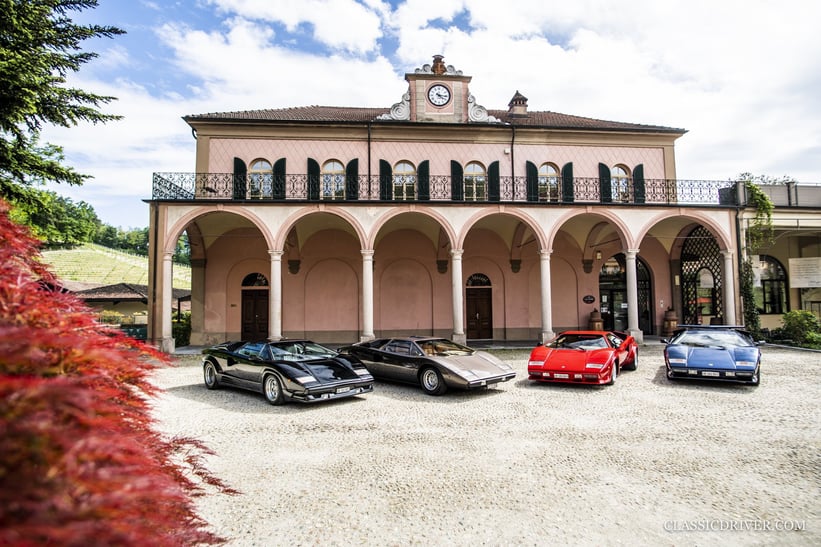
As futuristic and forward-thinking as the design of the Countach might still seem today, half a century after its reveal, the preservation and restoration of these automotive icons is a delicate topic. Stevanin explains that Lamborghini’s innovative combination of materials in the Countach’s construction has become a double-edged sword today. “In the case of most Countach models, the car’s steel spaceframe chassis was wrapped in fibreglass to form the floor and body. However, this prevents airflow and hides the rust that can accumulate underneath, making thorough corrosion checks a necessity. What I also recommend to any prospective Countach buyer is to thoroughly check the car’s history; if it was tenderly cared for or not, and watch out for any excessive vibrations from the rose-jointed suspension – a tell-tale sign of a previous crash.”
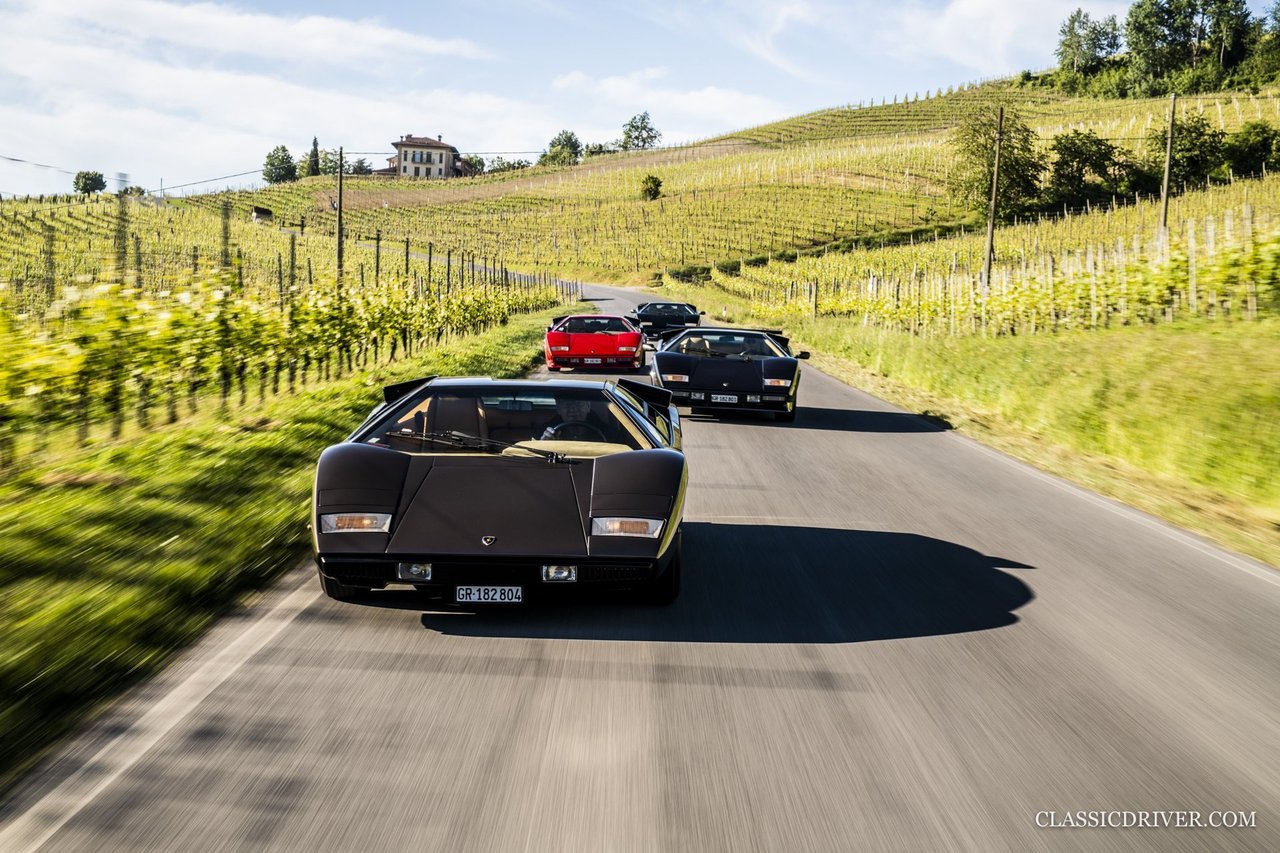

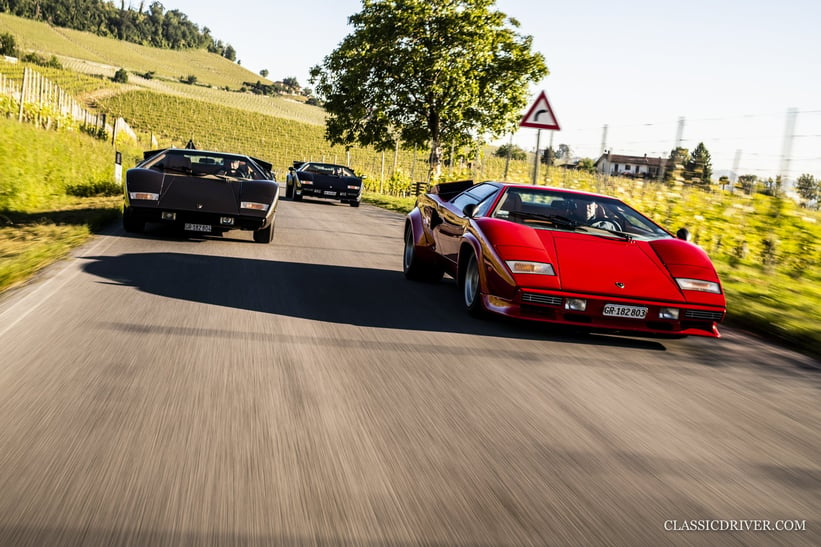
With Stevanin having restored many cars at the workshops of Lamborghini Polo Storico, we wanted to know if there was one Countach that particularly stands out for him. “I was lucky to be involved in the early stage of the preservative restoration of the very first production Countach,” he says. “It was painted red for the Geneva Motor Show in spring 1973, then used as a development car – and finally painted green for the Paris Motor Show in autumn.”


The car was bought back by Lamborghini in 2003 and thoroughly restored. “When dismantling it for restoration, we made a few surprising discoveries. As we peeled back the leather dash and carpets, we didn’t find the usual fibreglass construction as expected, but instead unique hand-beaten aluminium alloy panels, solidifying the chassis 001 as one of the most special creations to ever roll out of Sant’Agata.” The car will be shown to celebrate the Countach’s 50th anniversary in August at this year’s Pebble Beach Concours d’Elegance.
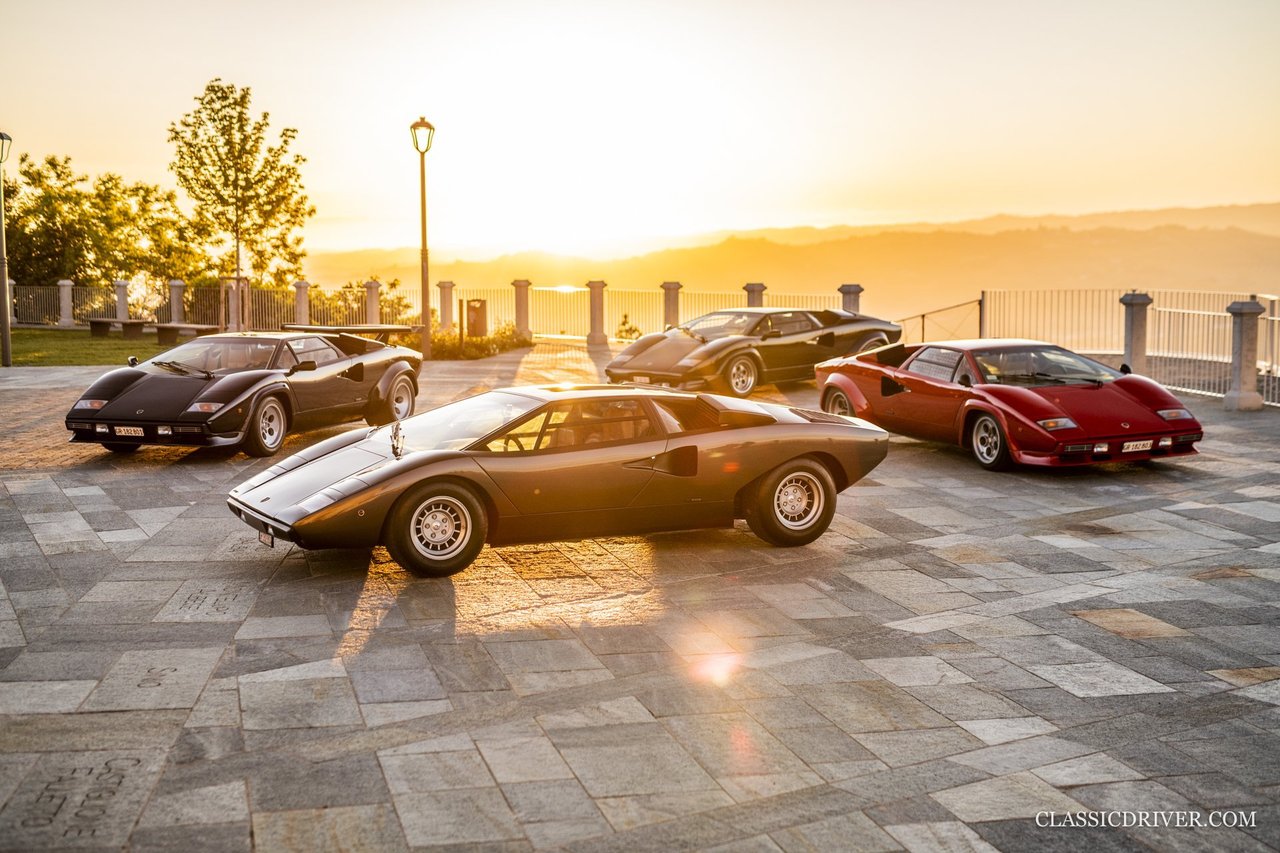
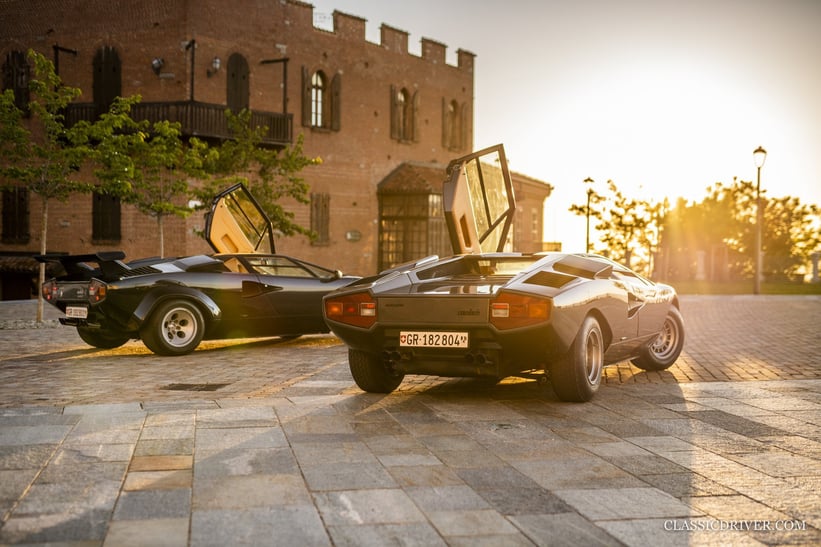
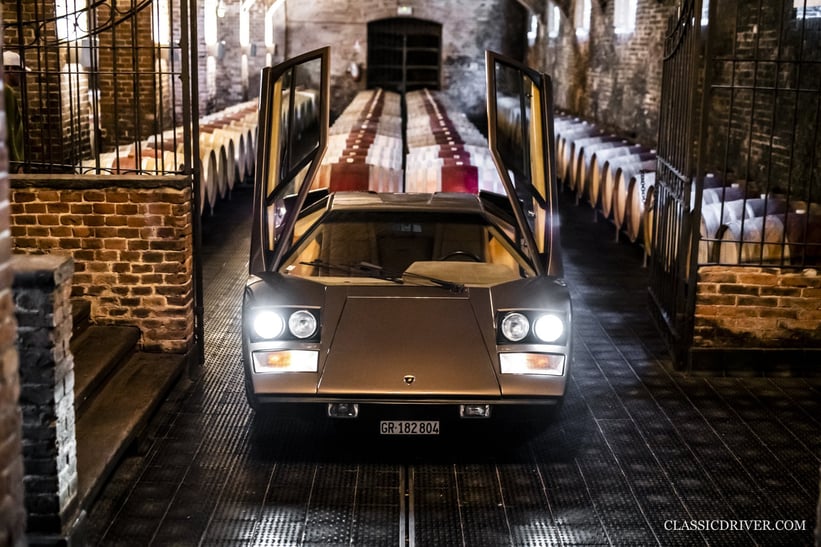
Rounding off the conversation, Stevanin remarks that he hopes in 50 years’ time that his niece and nephew will still recognise Gandini’s creation and exclaim, with the same combination of excitement and disbelief as the storied Piedmontese farmer, “Countach!”. There is a rule of thumb that any good car design can be drawn with three simple lines, and the fact that the Countach’s shape is instantly recognisable with just one stroke bodes well for that dream.
Photos: Rémi Dargegen © 2021




















































































